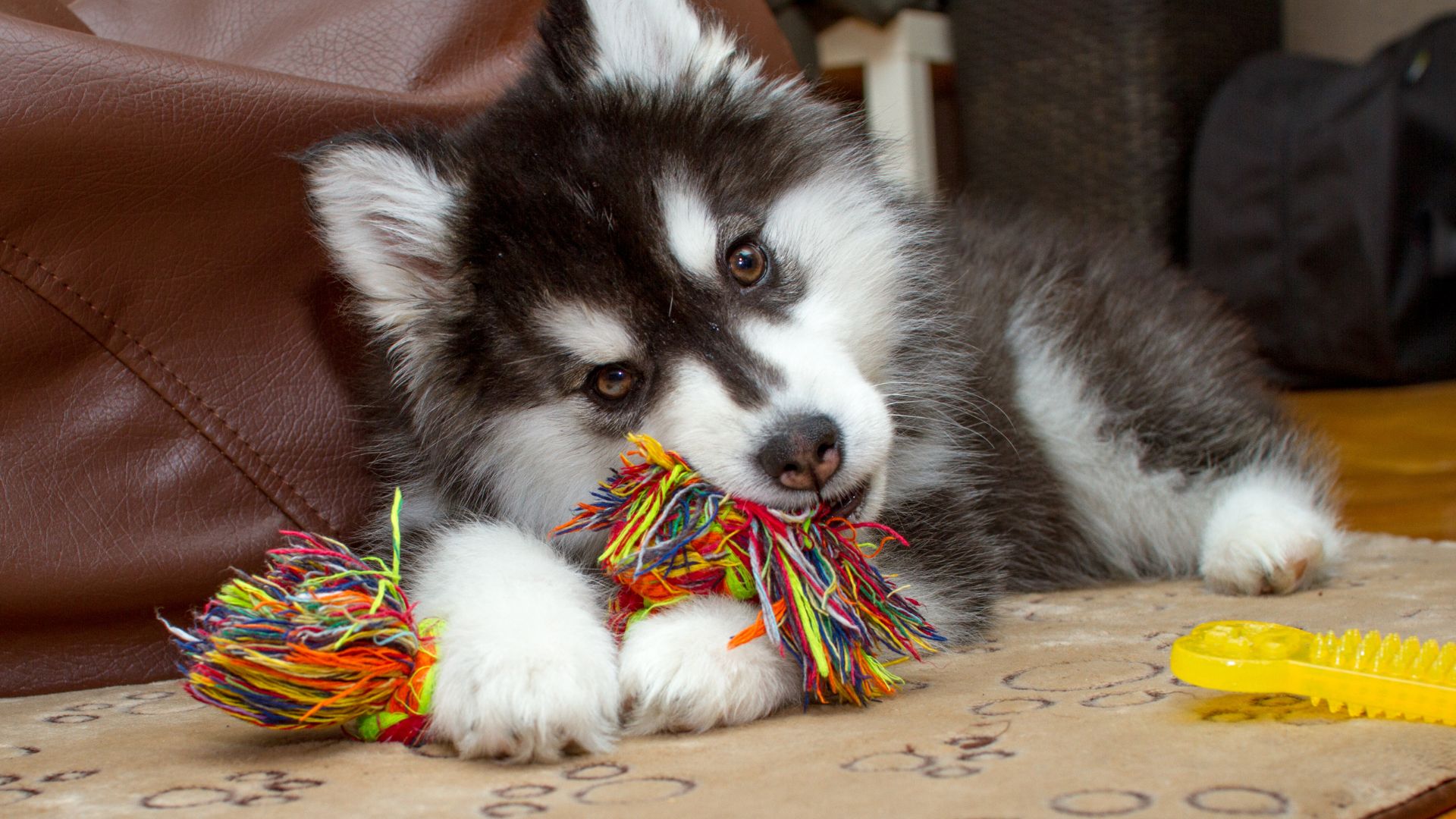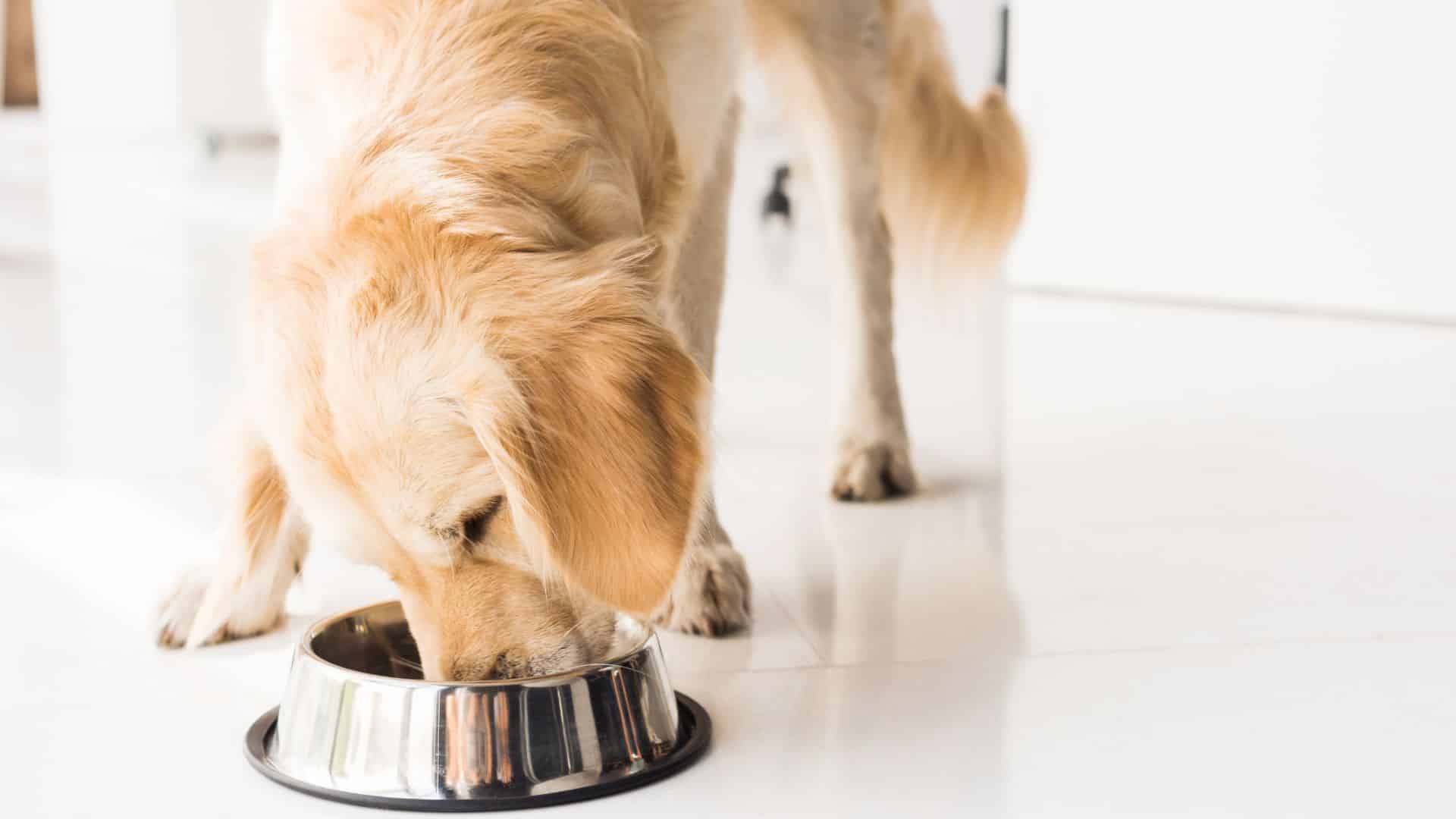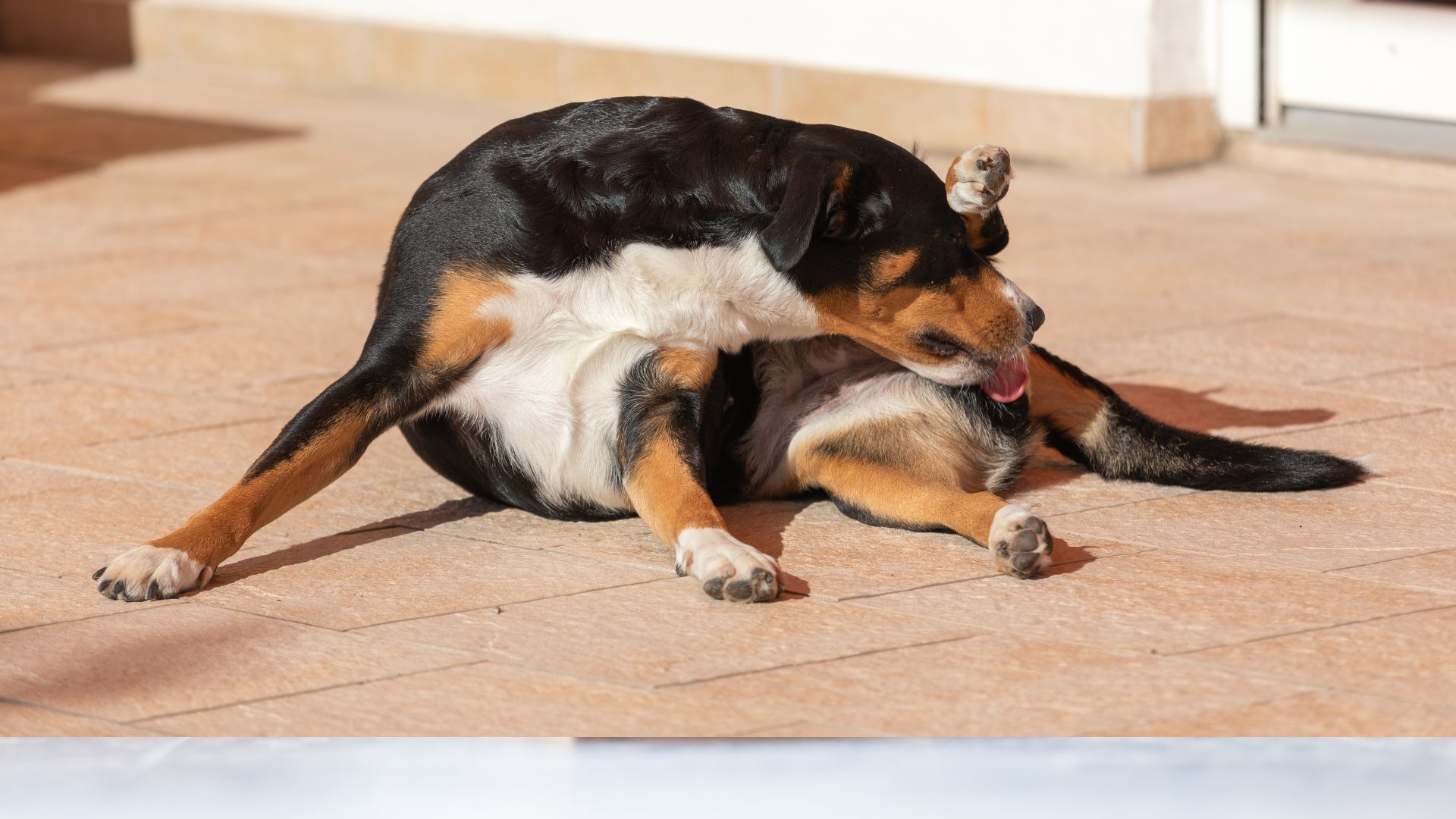As a pet owner, one of our primary responsibilities is to ensure the well-being and happiness of our furry friends. Since dogs cannot communicate with us using words, it is crucial to understand their body language and behaviors to gauge their emotional state. In this article, we will explore the top signs to look out for to determine if your dog is happy and how you can keep their tail wagging.
A Wagging Tail

A wagging tail is one of the most common signs of a happy dog. However, the position and speed of the wagging can also indicate different emotions. A relaxed, wagging tail held at a medium height is a good indication that your dog is happy and content. Keep in mind that rapid wagging or a tail held high can indicate excitement or arousal, while a low-held tail could mean fear or submission.
Relaxed Body and Facial Muscles
A happy dog will have a relaxed body posture and facial expression. Look for loose, fluid movements and a calm demeanor. Their eyes should be soft and their mouth slightly open, possibly even panting gently. If your dog is tense, with a furrowed brow or tight lips, they may be experiencing stress or discomfort.
Playful Behavior
Dogs that are happy and content will often engage in playful behavior. This can include inviting you or other dogs to play by performing a play bow (front legs stretched out, rear end in the air), running around excitedly, or fetching toys. A happy dog will also be more likely to initiate playtime and interact with you or other pets.
Healthy Appetite
A happy dog will typically have a healthy appetite and enjoy their meals. If your dog is suddenly disinterested in food or eating less than usual, it could be a sign of stress, illness, or unhappiness. Make sure to give them the best diet. You can check out our products to know which dog food is best suited for your dog. Be sure to monitor any changes in appetite and consult your veterinarian if you have concerns.
Good Sleeping Habits

Just like humans, dogs need plenty of rest to maintain their physical and emotional well-being. A happy dog will sleep soundly, and their sleeping schedule should be consistent. Keep an eye out for any changes in sleep patterns, as this could indicate stress or health issues.
Regular Grooming
A happy dog will often groom themselves to keep their coat clean and healthy. Dogs that are content will also be more likely to tolerate grooming sessions with their owners. If your dog is suddenly resistant to grooming or stops grooming themselves, it could be a sign of discomfort or unhappiness.
Seeking Affection

A happy dog will enjoy spending time with their human companions, often seeking affection through cuddling and nuzzling. Also, dogs don’t have arms like humans that can easily hug one another. So, if your dog is casually leaning on you, it actually means that they are hugging you in their own way. If your dog is continually seeking out your company and engaging in positive interactions, they are likely content and happy.
Understanding your dog’s body language and behavior is essential for ensuring their happiness and well-being. By monitoring these key signs, you can better understand your dog’s emotional state and take appropriate steps to maintain their happiness. Remember that a healthy, well-exercised, and well-socialized dog is more likely to be a happy dog. Regular veterinary check-ups, a balanced diet, and plenty of mental stimulation will go a long way in keeping your dog’s tail wagging.















